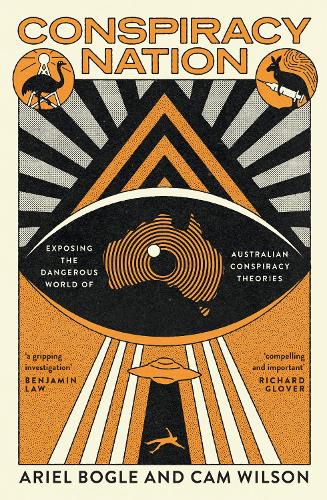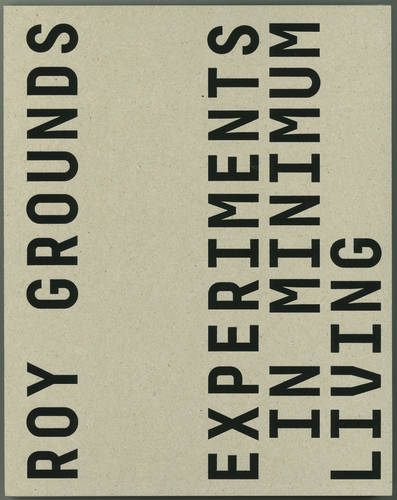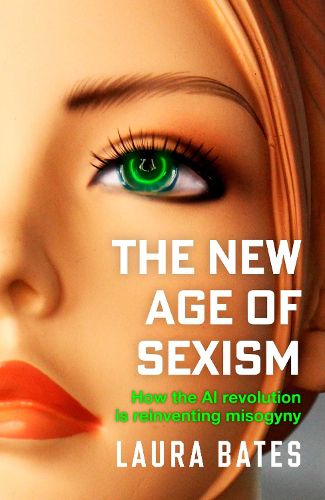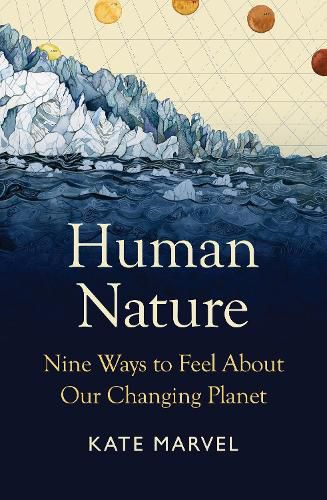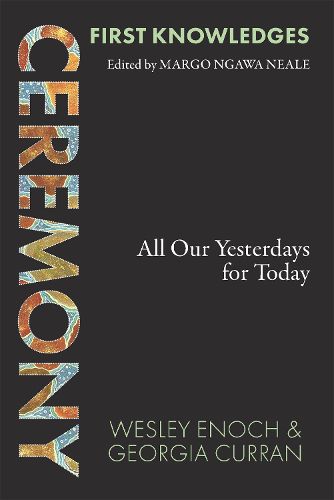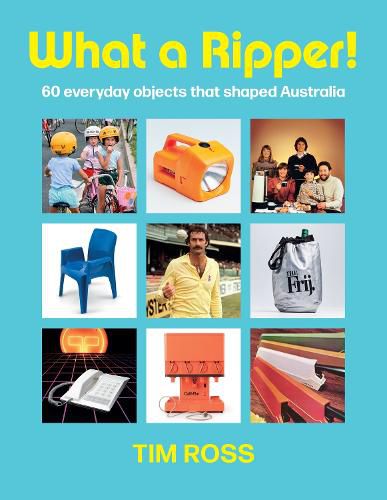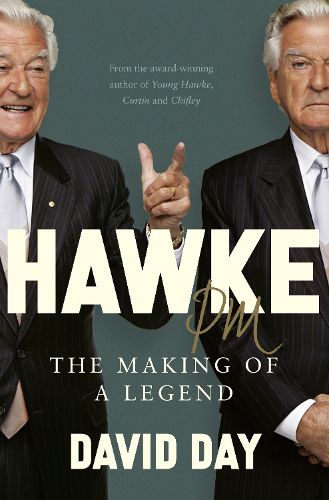Discover the new nonfiction books our booksellers are engaged with this month!
Conspiracy Nation: Exposing the Dangerous World of Australian Conspiracy Theories
Ariel Bogle & Cam Wilson
During the pandemic, conspiracy theories seeped out from the shadowy recesses of the internet and into the mainstream, but they’ve been a part of Australian culture for far longer than you’d think. Even before the internet, everyday Australians have been fascinated by conspiracy theories about the Port Arthur massacre, vaccines, fluoride and the legitimacy of the Australian legal system, just to name a few. Journalists Ariel Bogle and Cam Wilson investigate homegrown and imported conspiracies, with first-hand accounts from friends, family and communities left behind, and some of the rare few who’ve come through the wormhole to the other side.
Conspiracy Nation engages with scholars, researchers, activists and experts, and takes readers on a tour through time, on the internet and into the streets, even covertly infiltrating Pete Evans’ $2,750 per weekend wellness retreat. Painting vivid but compassionate portraits of conspiracists, their followers and victims, Bogle and Wilson do not catastrophise, but instead focus on the causes and consequences of conspiracy theories, and our shared responsibility to take action.
Delving into the histories and perpetrators of the Port Arthur, Christchurch mosque and Wieambilla shootings, Bogle and Wilson interrogate the root causes of conspiracy-seeking – isolation, fear, inequality and feelings of powerlessness – providing thoughtful insights into potential interventions that might provide relief to these symptoms before conspiracies take hold. Conspiracy Nation also highlights the ways that conspiracy theorists co-opt language and divert attention from movements working to address real injustices, in a chapter on First Nations sovereignty with Gumbaynggirr man Roxley Foley.
Conspiracy theories aren’t just a fringe concern; they’re having real-world ramifications in local and global politics, education, health and communities. From pseudolaw to the ‘plandemic’, conspiracy-motivated racism and homophobia to conspirituality, Conspiracy Nation is a fascinating insight, a compassionate call to action, and an altogether unputdownable read.
Reviewed by Tamuz Ellazam.
Roy Grounds: Experiments in Minimum Living
Tony Lee
When architect Tony Lee purchased a studio flat in Moonbria in Toorak, his intention was to clean it up and sell it, but a meeting with fellow architect Donald Hendry Fulton changed that and led Lee on a journey of discovery – and on to this book.
Roy Grounds is best known for his monumental buildings, particularly the National Gallery of Victoria and the adjacent Arts Centre with its distinctive spire, but his early career was influenced by personal circumstances and by the concept of the ‘minimum flat’ whose goal was, in the words of Bauhaus founder Walter Gropius, to provide ‘every grown-up person his own room even if it is the very smallest.’ The idea was to develop a low-cost, well-designed, efficient space in which essential furniture and equipment were provided which could accommodate couples or singles. The minimum flat concept was introduced to Melbourne from the UK by architect Best Overend with his Cairo project in Fitzroy. Grounds worked in London around this time and also came into contact with the movement. Grounds returned to Melbourne in 1934 and soon got work for wealthy clients. One of these was Betty Ramsay, wife of Thomas Ramsay, managing director of Kiwi Boot Polish. Grounds worked on their home in Toorak and was then commissioned by Betty to design a small house overlooking the bay in Mt Eliza; Betty used her own money to fund the project and the budget was constrained so Grounds drew on the principles of the minimum flat to keep construction costs to a minimum.
The relationship between Grounds and Betty became an intimate one and her husband took Betty and the children to London. A besotted Grounds followed Betty to London and Betty announced that she wouldn’t be returning to Melbourne; Ramsay cut off all payments to Betty and the young couple were left unemployed, with little money and by necessity had to live in small, frugal spaces. How to make spaces like these work became an intellectual challenge for Grounds. With war imminent, the couple returned to Melbourne and through Betty’s connections Grounds got his first major commission – a block of eight flats in Armadale. It was the first of four apartment projects, Clendon, Quamby, Clendon Corner and culminating in the ambitious Moonbria development where, almost 60 years later, Toby Lee purchased his apartment. All these developments were built to rent and were mostly studio or one-bedroom apartments for singles or couples. Grounds drew on the principles of the minimum flat to design and develop the projects. Often the furnishings were built in and designed by Grounds. They were designed to be comfortable, economic, efficient spaces that used local materials and were low-cost to build. In this wonderful book, Toby Lee records a groundbreaking era in Australian architecture that became an intellectual precursor to today’s Nightingale projects.
Reviewed by Mark Rubbo.
The New Age of Sexism: How the AI Revolution is Reinventing Misogyny
Laura Bates
I almost wish I didn’t have to say Laura Bates has just written the most important book of our generation. Not having to say this would mean the issues she discusses and horrific realities she has researched may not be as threatening as they really are.
Anyone who has picked up a Bates book before will know there is no light reading to be done here, and those who haven’t, I urge you to. If you are a parent, a man, a policy-maker or you work in tech, this should be required reading.
While many of us will be aware of generative AI such as ChatGPT or might have seen laughable parody images of celebrities online, there are very real, very frightening things happening in the grossly unregulated tech world. The scale at which AI is already reinventing incel culture and misogyny is so much larger than we think.
Laura Bates needs to be thanked, by all of us, for what she puts herself through to research and write these books. Her 2020 publication, Men Who Hate Women, required spending hours upon hours in the incel corner of the internet, reading the vitriol of real men who do not believe women to be human, or do not believe they should be treated so.
For this book, Bates takes us to cyber brothels, to chat rooms with submissive AI girlfriends, to the real-life testimonies of women affected by image-based sexual abuse. We learn that 93% of deepfakes are fake pornographic depictions of people; 99% of these people are women. We learn that under the guise of addressing the ‘male loneliness epidemic’, purchases of sex robots are skyrocketing. Their main selling point? They are ‘women’ who cannot talk back.
If only there were an AI that could implant Bates’s findings seamlessly into our brains, because ignorance is not bliss; we need to know about everything this book reveals, and we need to do something about it.
Reviewed by Grace Gooda.
Human Nature: Nine Ways to Feel About Our Changing Planet
Kate Marvel
Even before I started reading Kate Marvel’s Human Nature, I knew it was going to be an important book – how could it not be, tackling, as it does, one of the largest, most universal problems of this century? What I wasn’t prepared for was how gripping it would be to read.
Across nine chapters, Marvel draws you into an unapologetic and unflinching account of our climate: what has already happened, where we are now, and what sobering futures await us. From her wonder at our world and the climate models that she uses to study it, to the thick miasma of anger, fear and grief that hangs over any discussion of climate change, and then to the hope and love that she cultivates nonetheless, this is a book steeped in emotion; a book that defiantly refuses to take an impartial, clinical view. Marvel wants us to feel.
If Marvel’s passionate, personal voice is what makes Human Nature such a powerful read, it’s her skill as a storyteller that makes it a wildly compelling one. Alongside a guiding emotion, each chapter is often shaped by a wider theme that brings a playful variety to the information presented, whether through lyrical allusions to Greek myth, tongue-in-cheek homages to bad movies, or topical comparisons to 16th-century witch hunts. However, where Human Nature is at its best is when those themes drill even deeper into the personal and, in sharing stories from her life, Marvel reminds us that the fight against climate change is as much about protecting the small, fragile corners of Earth that we love as it is about averting catastrophic collapse.
As a young person in these troubled times, I’m grateful that we have Kate Marvel: a brilliant writer who just so happens to also be a world-class scientist. I can’t imagine a better voice to listen to about our collective future.
Reviewed by Joe Murray.
Also recommended are:
Ceremony: All Our Yesterdays for Today (First Knowledges)
Wesley Enoch & Georgia Curran
We perform ceremonies every day. Some are personal, some highly organised and others are repeated for generations. For First Nations Australians, ceremonies create the backbone of cultural practice. Ceremony: All Yesterdays for Today tells how Indigenous ceremonies link people today to those of the past in a continuum of inherited stories, places and memories – from rites of passage to smoking ceremonies and Welcomes to Country, and many others.
The authors focus on examples from their lives, including personal ceremonies from Quandamooka waterways and lands, community-centred ceremonies held by Warlpiri people in the Tanami desert, stories told to them by Elders and experiences of performing at Opening ceremonies for national events. Stories of ceremony are vast and diverse and many ceremonies are of a secret scared nature and cannot be told to those not initiated or intimately connected to the people, as the authors acknowledge. Rather, this book highlights the importance of ceremony across time and place on both a personal as well as national level that recognises and celebrates Australia's First Nations history and culture.
What a Ripper!: 60 Everyday Objects That Shaped Australia
Tim Ross
There are certain memories that will be familiar to anyone who grew up in Australia between the 1960s and the 1990s. Things like traipsing to the caravan-park toilet with a Dolphin torch at night, indulging in crème de menthe from a Regis glass, lobbing a banana peel at a Nylex flip-top bin and sporting a new Stackhat while riding your BMX bike.
Celebrating 60 objects that were designed and made in Australia, Tim Ross of @modernister transports us back in time and pays tribute to objects that you might be lucky enough to still find in your home or backyard shed. There are colourful photos, previously untold stories and fascinating narratives, making this book equal parts retro-design celebration, pop-culture treasure trove and nostalgic adventure.
What a Ripper! also reveals the high standard of design in this country, which is often overlooked. Now our unique design ingenuity is getting the attention it deserves, helping us to rediscover just how important and meaningful these iconic everyday objects really are.
Fathering: An Australian History
Alistair Thomson, John Murphy, Kate Murphy & Johnny Bell, with Jill Barnard
The 21st-century father is expected to be actively engaged in the everyday care of his children, as epitomised by the celebrated dad of children’s cartoon Bluey, the Blue Heeler Bandit. Fathering: An Australian History explores why men often struggle to meet social and cultural expectations. The authors’ groundbreaking research reveals the forces that have shaped Australian family life and fathering since the early twentieth century, and how Australian fathers have managed the evolving role and its responsibilities.
Focusing on lived experience and drawing upon a century of personal accounts, Fathering shows how fathers have participated in raising their children as the world changed their family roles and the relationships they form with their children. It reveals how the experience of being a father is as much shaped by social class and material wellbeing as it is by race and ethnicity, geography and sexuality, and by family legacy and personal character.
Hawke PM: The Making of a Legend
David Day
Bob Hawke was one of the most influential Australians of the twentieth century, firstly as Australia's most powerful trade union leader in the 1970s before becoming the longest serving Labor prime minister in the 1980s. The government of this formerly hard-drinking womaniser did much to transform the Australian economy, reorient Australian foreign policy towards Asia and introduce groundbreaking social welfare measures. After the difficult years of the late 70s and early 80s, it was a time of renewed confidence that was exemplified by the winning of the America's Cup and the celebration of Australia's Bicentenary. It was also a time of national introspection, with the demand for a treaty with Aboriginal Australians, the 75th anniversary of Gallipoli and the questioning of Australian identity. Bob Hawke was at the centre of it all, and for much of his time in office enjoyed an unprecedented level of popularity. But there was a prime minister-in-waiting who was intent on taking his position and a difficult family life that contrasted with the public image.


